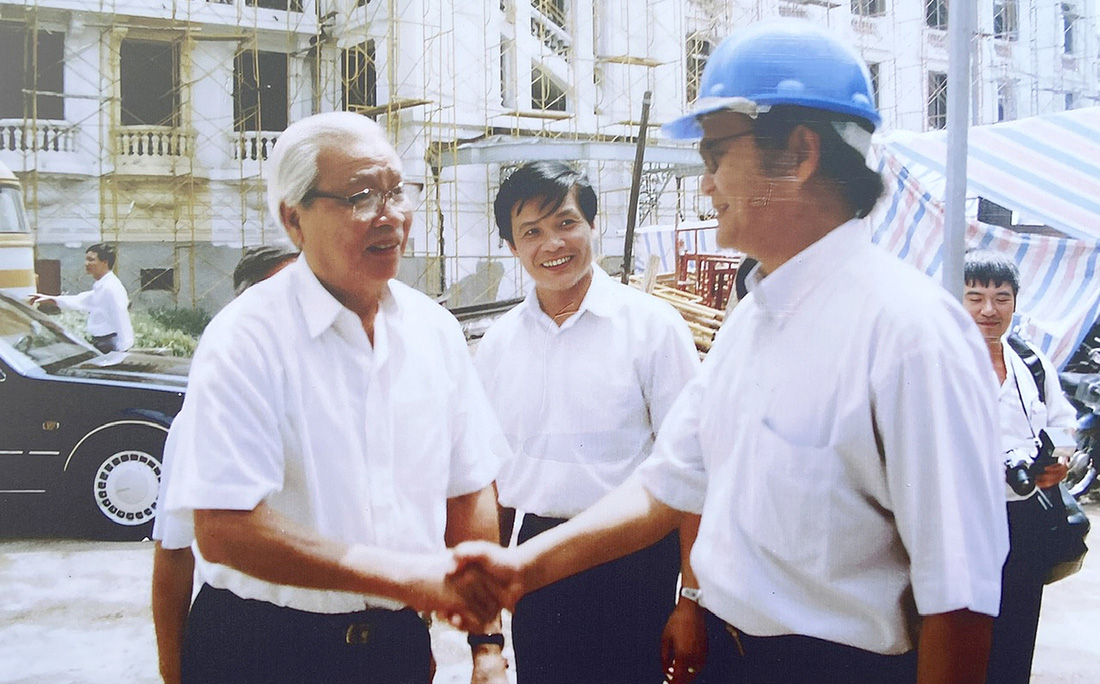
Prime Minister Vo Van Kiet (left) and architect Hoang Dao Kinh (right) at the restoration project of Hanoi Opera House in 1995.
But in fact, his fingerprints are imprinted on major monuments across the country. We are able to preserve the Hanoi Opera House, the Temple of Literature, the Imperial City of Hue , the ancient town of Hoi An, the Cham towers of My Son… as they are today thanks to the great contribution of this “knight” in preserving monuments.
Mr. HOANG DAO KINH talked with Tuoi Tre about the "dramatic" stories behind the major restoration projects he has carried out to preserve many valuable relics for future generations.
My family is from Hue, and moved to Hanoi in the 19th century. I lived and studied abroad since I was a child, but I was naturally attached to the preservation of relics, as if it was in my blood. In addition, I also absorbed Western culture, which always cared about preserving the heritage of the past.
Professor Hoang Dao Kinh
Do conservation with all your heart
* People call you "knight of architectural relics", what do you think?
– Preserving relics first requires loving the heritage of our ancestors, then knowledge, experience and effort. The title of knight is perhaps a bit of a privilege.
It made me think back to what I have done for the relics in the past half century. I am a civil servant assigned by the State to do the job in accordance with my expertise, and of course I have done it with all my heart.
In 50 years of preserving relics, I have devoted all my attention, knowledge, creativity and enthusiasm to this work, becoming one of the earliest people to preserve and restore relics, since the early 1970s.
Looking back, I have great satisfaction in having contributed to the construction, discovery, and affirmation of viewpoints, methods, and techniques in dealing with relics.
I also directly organized, proposed ideas, and participated in the conservation and restoration of many key projects in Hanoi, Hue, Hoi An, Cham cultural heritage throughout the Central provinces and many large relics in the Northern provinces.
In retirement, I continued to build many religious and belief projects in Ninh Binh, Ha Nam , Sa Pa, Quang Ninh, Phu Quoc, Con Dao, Tay Ninh... I dare not say I have done much, but I can say I am happy.
* Receiving the Bui Xuan Phai Award – For the Love of Hanoi in the yard of the Temple of Literature – Quoc Tu Giam which he himself renovated, built and restored must have been very meaningful to him. Was the restoration of the Temple of Literature that year very “dramatic”?
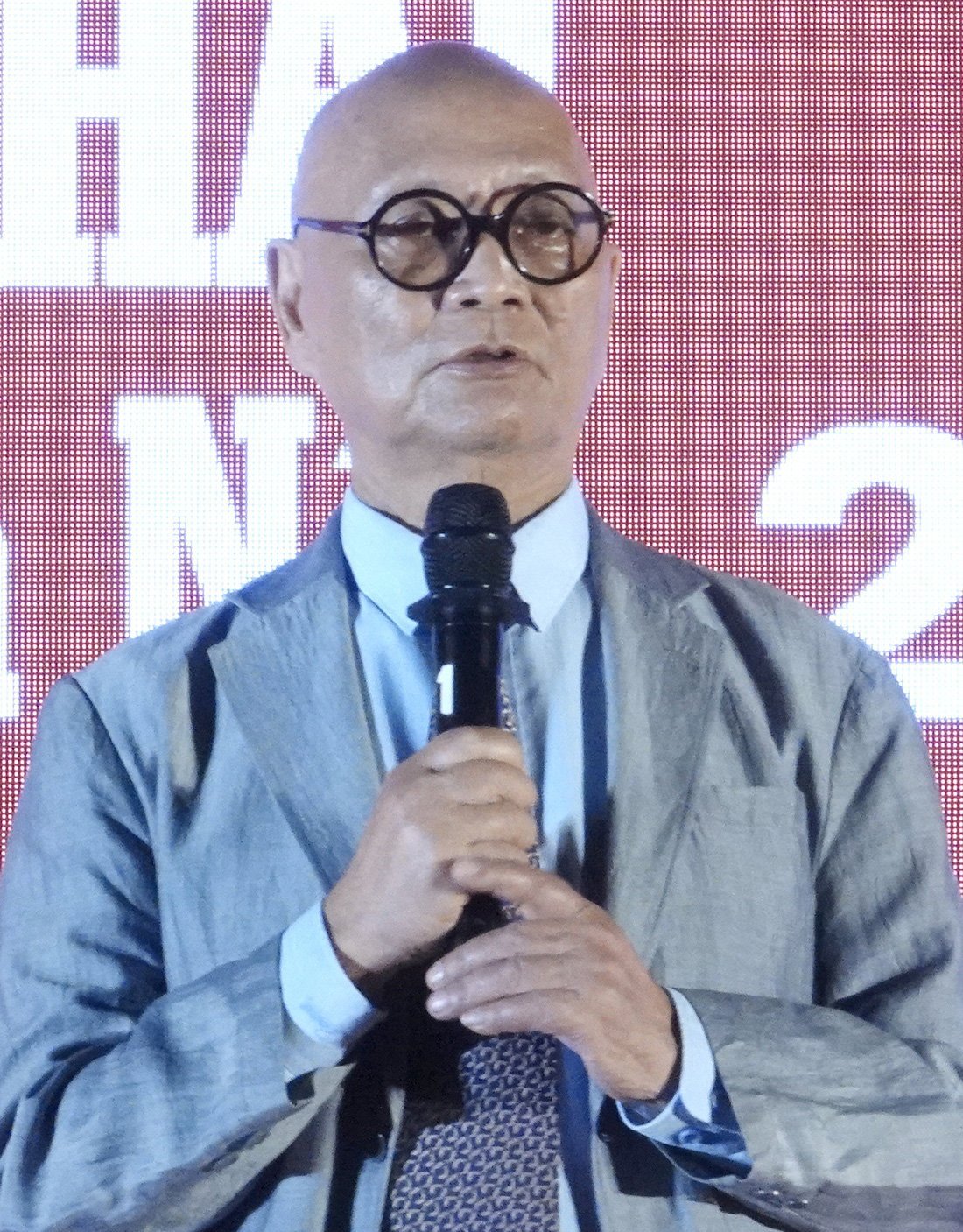
Professor Hoang Dao Kinh received the Bui Xuan Phai Award – For the love of Hanoi – Photo: NGUYEN DINH TOAN
– The project to preserve and restore the special national relic of Van Mieu – Quoc Tu Giam raises many big and challenging questions.
Nearly 30 years ago, the Temple of Literature was in a rather bad condition. Hanoi had a policy to promote the value of the Temple of Literature, turning it into a cultural and tourist destination.
I joined from the very first day. There were two big things to do. First was to defend the 82 doctoral steles.
For many years, the steles stood outdoors, affected by time and weather, and needed a long-term preservation plan. At that time, experts proposed many solutions, including the idea of using chemicals to cover the surface of the steles to protect them.
I strongly object. These are precious tablets, we should not experiment on priceless ones because if it fails, the loss will be great.
There is another suggestion like making a roof with modern aluminum and glass structure like the airport still uses to cover the planes.
I propose to build a beer house like the way our ancestors built roofs in traditional markets, with wood and tiles, dividing the roofs into many parts to maintain a reasonable height, without affecting the overall surrounding architecture.
As a result, the plan is very compatible with the architectural complex of the Temple of Literature, while at the same time allowing the steles to breathe without being further damaged by the sun and rain.
Second, on the occasion of the 1,000th anniversary of Thang Long, Hanoi wants to restore the fifth courtyard of the Temple of Literature - Quoc Tu Giam, Khai Thanh courtyard. This was formerly the place to worship Confucius' parents, but was damaged during the war against the French, abandoned for decades, and became a place where social evils gathered.
There is a proposal to build a house for archival books. For this purpose, the building must be a modern one, and Hanoi will hold a design competition. There is also a proposal to restore the temple of Confucius's parents.
We propose not to build an archive, not to restore the Khai Thanh house, but to build a fifth courtyard here for the Temple of Literature as a place to organize cultural activities, and at the same time build a temple to worship famous Vietnamese scholars, in harmony with the overall architecture of the Temple of Literature but not imitating the ancient.
These two functions will not conflict with the functions of the Temple of Literature – Imperial Academy. The proposal received strong support and we have successfully implemented it.
The fate of Hanoi is very fragile
* Are many of your other restoration projects also challenging?
– With the Tay Dang communal house restoration project in 1979-1980, it was the first time Vietnam had a project that was restored in a scientific manner, to answer the difficult question: how to make an ancient wooden architectural relic stronger without losing its ancient look. We did it.
I was in charge of the Hanoi Opera House renovation and upgrade project and also worked as a conservation expert.
This is also the first time Vietnam has restored a French architectural work. We tried to ensure maximum originality; put in hundreds of tons of sound equipment, lighting, air conditioning system while still keeping the old interior.
French President Jacques Chirac, when attending the conference of heads of state of the Francophone community in October 1997, held at the Hanoi Opera House, gave many compliments to this restoration work. It became a model French architectural restoration project in Vietnam.
In early 1980, Hue citadel was in ruins. We were the first Vietnamese to research, measure, survey, and evaluate the initial scientific restoration of some relics here.
Since 1982, we were also the first to research Hoi An as a unique urban heritage in Vietnam. Later, other groups joined in to restore and renovate this urban heritage.
With Cham towers, we also worked from the 1980s when it had just been saved from disappearing but was extremely dilapidated. At that time, Quang Nam – Da Nang planned to turn My Son valley into a reservoir to irrigate 400ha of rice fields in Duy Xuyen district.
But the Minister of Culture and Information, Hoang Minh Giam and then Nguyen Van Hieu, both opposed it, so the Cham towers of My Son were kept.
* Did the scout blood of your father, culturalist Hoang Dao Thuy, leader of the Vietnam Scout Association, greatly influence you in your role as a "knight" in preserving relics?
– I think that boy scout spirit has greatly influenced me from the way I live to the way I work. That is, I always work with the spirit of searching, exploring and being determined to have my own path.
* Observing the current preservation of relics, do you feel reassured, or do you still have many concerns?
– The preservation of cultural heritage, especially tangible culture, is relatively stable. For example, Hanoi is doing a lot of good things to preserve cultural heritage. But the biggest concern now is how to keep Hanoi as a unique city.
Hanoi is not special in its massive architectural works, many squares, palaces, temples… but in its CHARACTER. And this beautiful charm of Hanoi is very fragile, being severely challenged by the process of development that is too fast and too extensive.
The risk of Hanoi becoming a very modern city but losing its uniqueness is real!
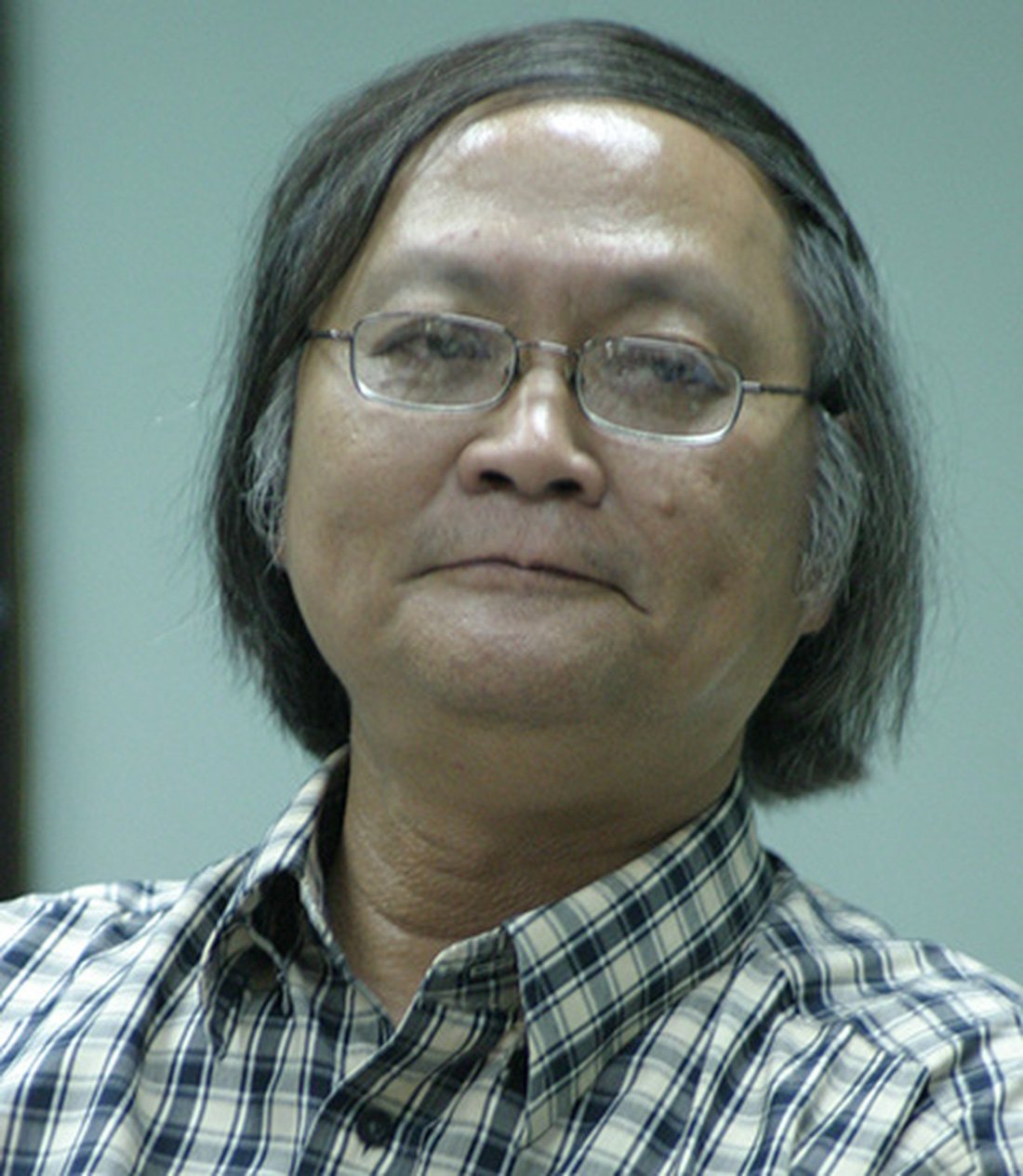
Professor Hoang Dao Kinh - Photo: NGUYEN DINH TOAN
Professor, Dr., Architect Hoang Dao Kinh was born in 1941 in Hanoi. He attended high school, university and defended his doctoral thesis in the former Soviet Union.
From 1971 to 2001, he was an expert in charge of relic conservation at the Ministry of Culture and Information, director of the Department of Museum Conservation, and director of the Institute for Monument Conservation.
After retiring, he became vice president of the Vietnam Association of Architects. Here, he gathered many young architects who had an active voice in heritage protection.
He participated in master and doctoral training at the Institute of Archaeology, Hanoi University of Architecture, Hanoi University of Civil Engineering, Ho Chi Minh City University of Architecture, Ho Chi Minh City University of Social Sciences and Humanities.
He has published many books on culture, architecture, heritage conservation and opened many art exhibitions.
Tuoitre.vn
Source: https://tuoitre.vn/gs-hoang-dao-kinh-va-nhung-chuyen-gay-can-trung-tu-20241010093040166.htm


![[Photo] General Secretary To Lam attends the 8th Congress of the Central Public Security Party Committee](https://vphoto.vietnam.vn/thumb/1200x675/vietnam/resource/IMAGE/2025/10/4/79fadf490f674dc483794f2d955f6045)

![[Photo] Bustling Mid-Autumn Festival at the Museum of Ethnology](https://vphoto.vietnam.vn/thumb/1200x675/vietnam/resource/IMAGE/2025/10/4/da8d5927734d4ca58e3eced14bc435a3)


![[Photo] Solemn opening of the 8th Congress of the Central Public Security Party Committee, term 2025-2030](https://vphoto.vietnam.vn/thumb/1200x675/vietnam/resource/IMAGE/2025/10/4/f3b00fb779f44979809441a4dac5c7df)
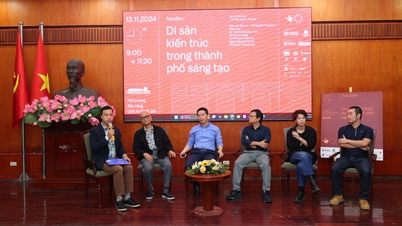

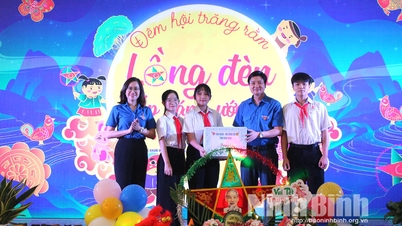


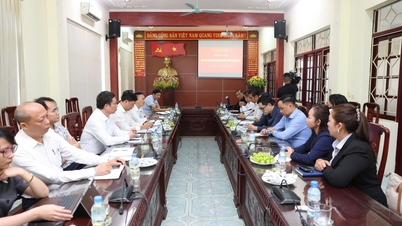

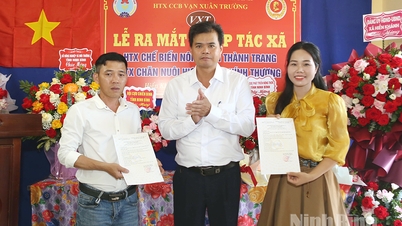
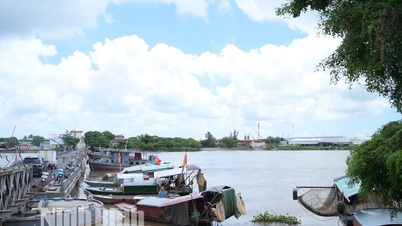
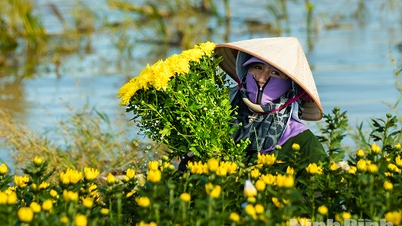




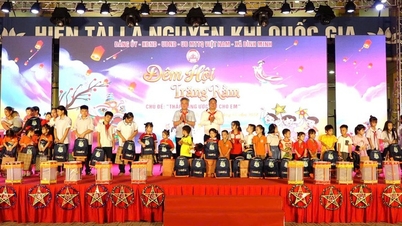

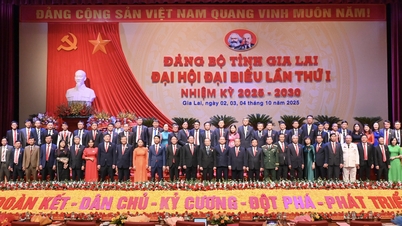
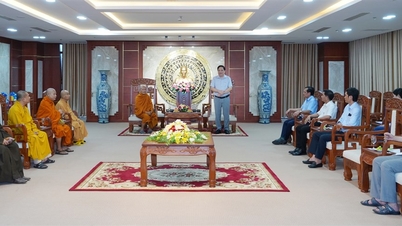
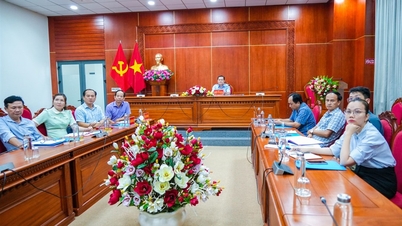
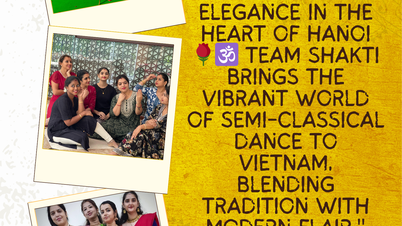
![[Infographic] Notable numbers after 3 months of "reorganizing the country"](https://vphoto.vietnam.vn/thumb/1200x675/vietnam/resource/IMAGE/2025/10/4/ce8bb72c722348e09e942d04f0dd9729)


























![[VIDEO] GENERAL SECRETARY TO LAM AWARDS PETROVIETNAM 8 GOLDEN WORDS: "PIONEER - EXCELLENT - SUSTAINABLE - GLOBAL"](https://vphoto.vietnam.vn/thumb/402x226/vietnam/resource/IMAGE/2025/7/23/c2fdb48863e846cfa9fb8e6ea9cf44e7)




















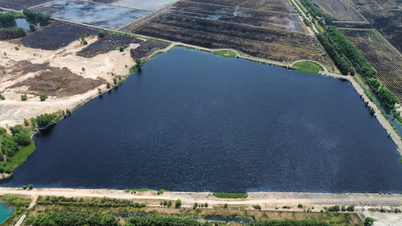

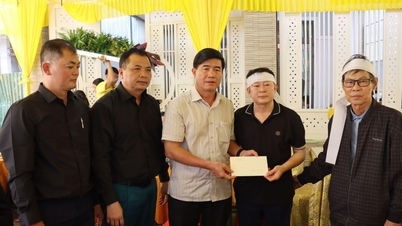


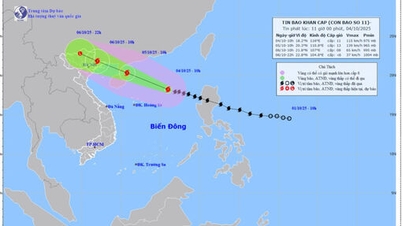

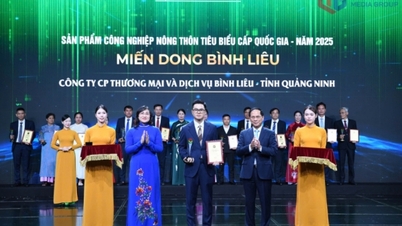
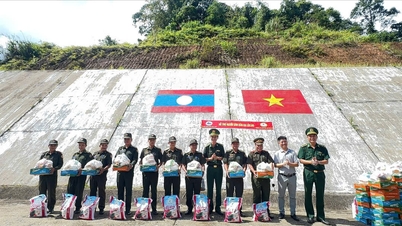






Comment (0)